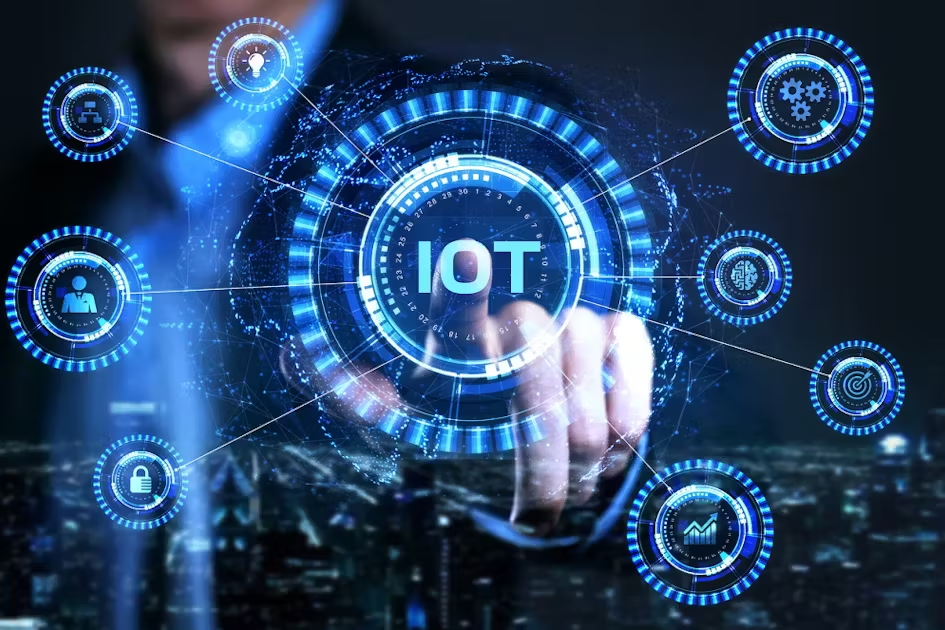
The advent of 5G technology is set to transform the way we connect with the world. With its faster speeds, lower latency, and higher bandwidth, 5G is not just about faster mobile networks—it’s about unlocking the full potential of the Internet of Things (IoT) and smart devices. By 2025, 5G will be a major catalyst in the rapid evolution of connected technology, offering unprecedented opportunities for businesses and consumers alike.
What is 5G?
5G, or the fifth generation of mobile network technology, promises speeds up to 100 times faster than 4G LTE. But speed isn’t the only benefit. 5G’s low latency (the time it takes for data to travel between devices) and massive connectivity (ability to support millions of devices simultaneously) will have a profound impact on how connected devices communicate with each other.
How 5G Will Benefit IoT
As 5G rolls out, the growth of IoT devices will accelerate dramatically. From smart homes to smart cities, 5G will enable these devices to work faster, smarter, and more efficiently. Here’s how:
1. Faster and More Reliable Connections
- With 5G, IoT devices will be able to transmit data faster and more reliably. This means that real-time monitoring, remote control, and instant responses will become commonplace.
- Example: Smart thermostats, security cameras, and health trackers will be more responsive, sending real-time data to users and cloud systems instantly.
2. Real-Time Data Processing
- 5G will significantly reduce latency, enabling devices to process data in real time without the delay associated with older networks. This will be particularly important for critical applications like healthcare monitoring and autonomous vehicles.
- Example: In smart cities, traffic lights could adapt dynamically based on real-time traffic data, improving congestion and safety.
3. Increased Device Connectivity
- 5G will support massive IoT ecosystems, allowing billions of devices to be connected simultaneously. This is crucial for industries like manufacturing, agriculture, and logistics, where many devices need to share data.
- Example: In smart factories, thousands of IoT sensors will be able to communicate seamlessly to optimize production lines, reduce waste, and increase efficiency.
4. Enhanced AI Integration
- The combination of AI and 5G will enable smart devices to become even more intelligent. Faster data transmission and processing will allow devices to make quicker decisions and improve their autonomous capabilities.
- Example: Autonomous drones for deliveries or AI-powered health devices that can monitor a person’s vitals in real-time will benefit from 5G’s speed and reliability.
Challenges and Considerations
- While the benefits are enormous, the widespread adoption of 5G will require investment in infrastructure, security, and privacy measures to ensure these devices are reliable and safe.
By 2025, 5G will not just enhance IoT; it will be the cornerstone that enables the massive scale and interconnectivity that we envision for smart cities, industries, and consumer technologies

good